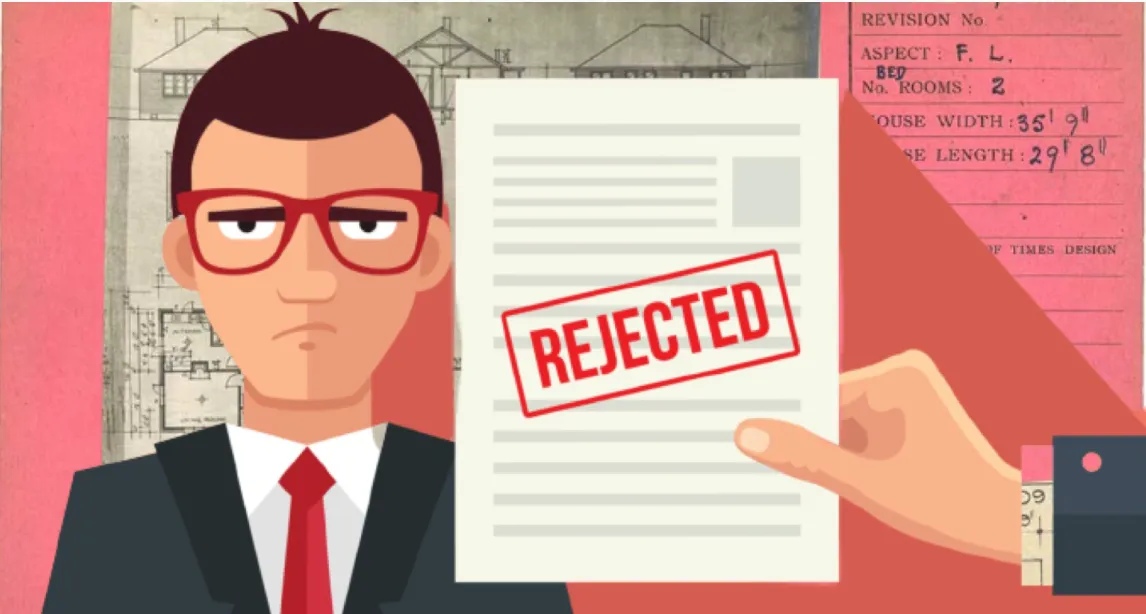In another decade, 2021 will be remembered as a momentous year for reasons other than covid, namely the biggest change to councils in a generation. Incredibly, I am not talking about the race relations divide of the Three Waters reform, which will have massive consequences. There was an even bigger change, launched with little fanfare, and passed into law without even the pretence of public consultation. The Resource Management (Enabling Housing Supply and Other Matters) Amendment Bill will radically change our cities within 10 years.
As with any change of this magnitude, there will be winners and losers, so it pays to know what the bill is about and how it could affect you.
Its purpose is to solve the housing affordability crisis, and it does this by taking away council control over city planning. This is a clear admission that the crisis is the product of council mismanagement.
Everyone with a rates bill can see that the big price rises have been in the land value, not the building value. The housing crisis has always been a land crisis. Yet we have one of the lowest population densities in the world. We do not have a land shortage. But we do have a section shortage.
The Laissez-faire approach of the John Key government assumed that the free market would provide housing to meet demand. The problem was that the market is not free. The resource consent bureaucracy has grown into a monster, led by council planners who were incentivised to create problems. The cost of developing new residential land is so high, driven by council compliance costs, that it drives up the price of existing houses as well.
The National Party finally realised this in 2016, which many people in the property industry, including myself, had been telling them for years. They introduced the Special Housing Areas (SHA) to sidestep councils. It was a solid policy, and remarkably similar to recommendations I had made that were never acknowledged. But within a year, Labour won the election, and their first move was to ditch SHA for their flagship policy, Kiwibuild.
Labour assumed capitalism was the problem, blaming corrupt property developers and an inefficient building industry for overpriced houses. Government-led mass production of houses would solve everything. But Phil Twyford soon found out that he couldn’t build houses where they were needed most – due to planning rules, not capitalist pigs. And building houses in the wrong place turned out to be very embarrassing when nobody bought them, not even greedy landlords – despite huge discounts.
National MP Nicola Willis approached Labour with a solution by actually identifying the real problem. This deserves greater recognition. National could have played the tedious opposition role of chastising the ruling government over Kiwibuild’s failure, but instead proposed a joint initiative for real change.
A brief press announcement was held, Willis and Labour’s Megan Woods standing together. Jacinda Ardern did not attend – it was not her policy. There had been no build-up and the media were not prepared to ask questions.
The draft bill proceeded to select committee with minor tweaks, and no effort was made to consult with councils. This is because both National and Labour have clearly lost trust in councils. National tried to fix the council building consent bottleneck with a twenty-day time limit. As any builder, designer, or developer will tell you, councils took extreme measures to circumvent that, leading to even greater delays. Labour tried to force councils to fix their own systems via National Policy Statements (a legal instruction under the Resource Management Act) on Urban Density. Colin Jones, a Hamilton real estate agent, collected evidence of councils deliberately breaking the law and providing false information to the government to disguise their lack of effort.
As a result, the bill rides rough-shod over councils’ district plans, with very little room for responding to localised needs. To those people who get impacted negatively by the changes, you should first blame the council planners whose arrogance initiated this heavy-handed response.
Three decades of planners adding more and more complexity and bloat to the consent process was largely intentional so that council staff could go into private consultancies and charge clients to work around the systems they themselves had created. The Resource Management Act was supposed to be about managing resources. The resources in question are air, land, and water. Yet somehow, planners had rules that tell you where you can put your front door. What resource is that? Why does your front door need to be managed? And why does that “management” ignore your privacy, noise, wind direction, security, architectural design, and budget?
The bill rightly cuts out most of these ridiculous rules, and therefore deserves high praise.
But there has been some concern that it goes too far. Heritage areas lose a lot of protection of established character, and there is a real risk that some people may lose views or privacy by three-storey blocks towering over their homes. A few commentators have questioned whether it will result in slums.
I will address this last issue first. My observations have been that people make slums, not buildings. Tiny houses in Tokyo are aspirational, while entire suburbs of quarter-acre state houses that raised three generations of successful kiwis are now ganglands. This bill won’t change demographics.
Older character areas are going to change. One point that the bill does not address is land covenants. Most suburban growth over the last twenty years has had private development rules to protect homeowners’ investments in the form of covenants. This means the older areas are going to be targeted for intensification because they typically do not have covenants. Older areas are more central, so we are going to see the face of our cities change significantly.
This is not necessarily bad. Urban regeneration typically results in high-quality new construction, simply because the land is expensive. Unlike a new subdivision on the outskirts, the section price includes the cost of an existing house that will be demolished. Building up is also more expensive. Three-story buildings require a lot more capital, so good design is an essential investment.
The bill retains an important constraint. Only 50% of a site is allowed to be covered by buildings. For most areas, this is only a small increase (Hamilton for instance allows 40%). I could argue that the bill doesn’t go far enough. 60% would free up more land. A good designer has scope to place new buildings with consideration for the neighbours.
There will inevitably be some bad developments. Some owners will be hurt with big hits to their property values. This is not fair. I am contacting local property developers and architects to discuss a sensible approach. Just because we can build to a height limit of 6m at the boundary with a 60-degree control line doesn’t mean we should. The construction industry has been given a much-needed break from bureaucratic meddling. If we do a bad job, we invite the control freaks back.
Will the bill be a success?
The primary purpose of the bill is to resolve the housing crisis, which is measured by how many multiples of annual income it takes to pay for a house. Compared to London, New York, and Sydney, our houses are cheap. But compared to our average income, they are expensive. The government is clueless on increasing our income to match wealthy countries, so needs to focus on prices.
A critical point that everyone needs to understand (especially Green party politicians) is that crashing house prices is a much greater disaster than the housing crisis. Our economy is financed by mortgages. Businesses are secured against property. Falling prices means no security, which means no more loans, which means no more jobs, which means no more income, which means even worse housing affordability – along with a host of other problems.
The goal is to slow the rate of property price rises. By increasing the number of houses that can be built on existing land, the average effective land price per unit is reduced. This will be offset by the increased construction cost per square metre, which in turn may be offset by smaller units.
I expect it will make a small positive difference to first home buyers. Of course, any slowing of house price rises is a negative to property investors. But there is a big net benefit to both by getting rid of the unproductive compliance costs of the current system.
What I will be watching out for is how councils and the planning gravy train respond to the change. Will councils lay off redundant planners or will they try to implement other controls to get their pound of flesh from desperate house hunters?









